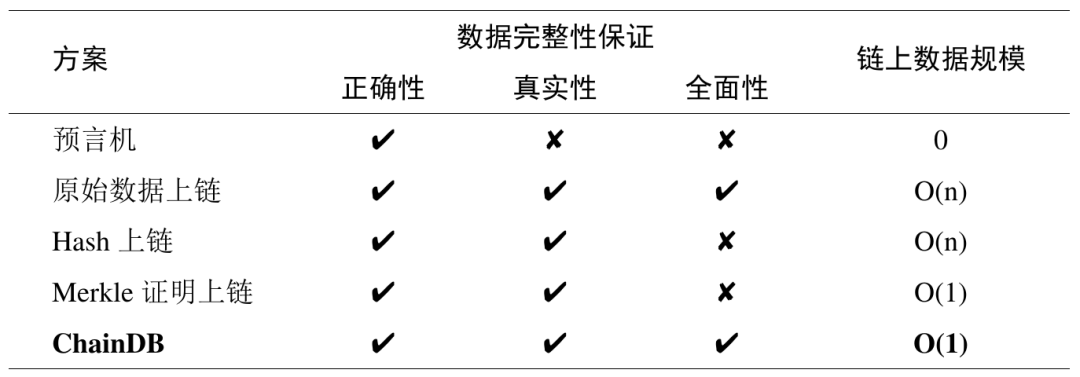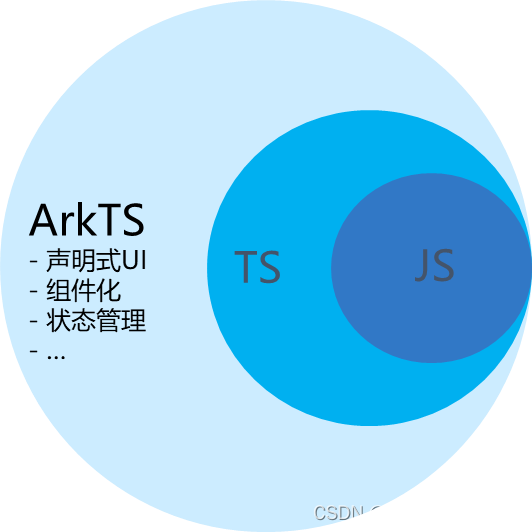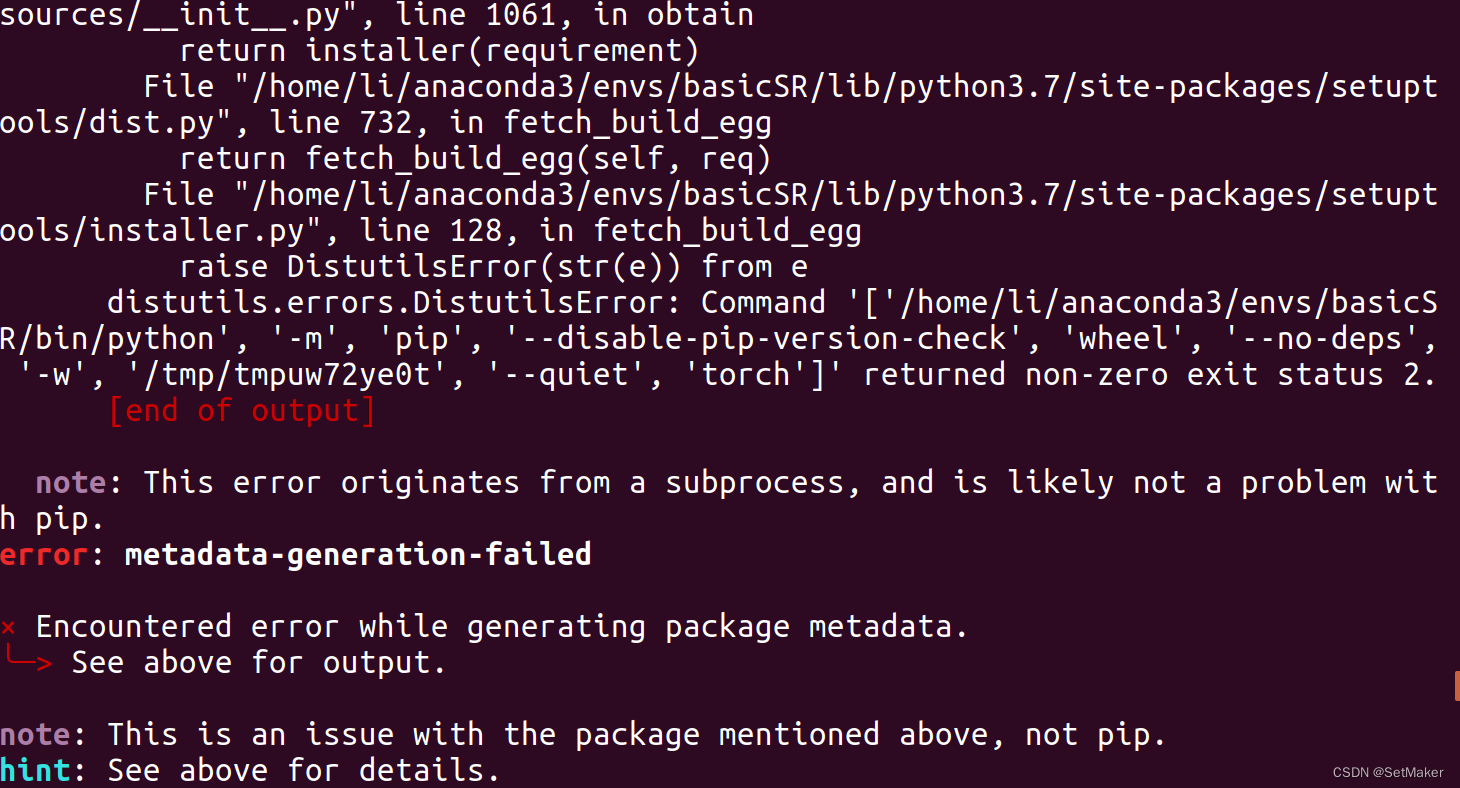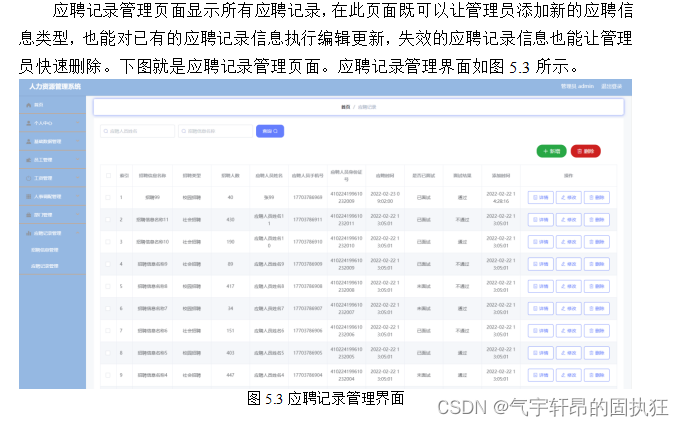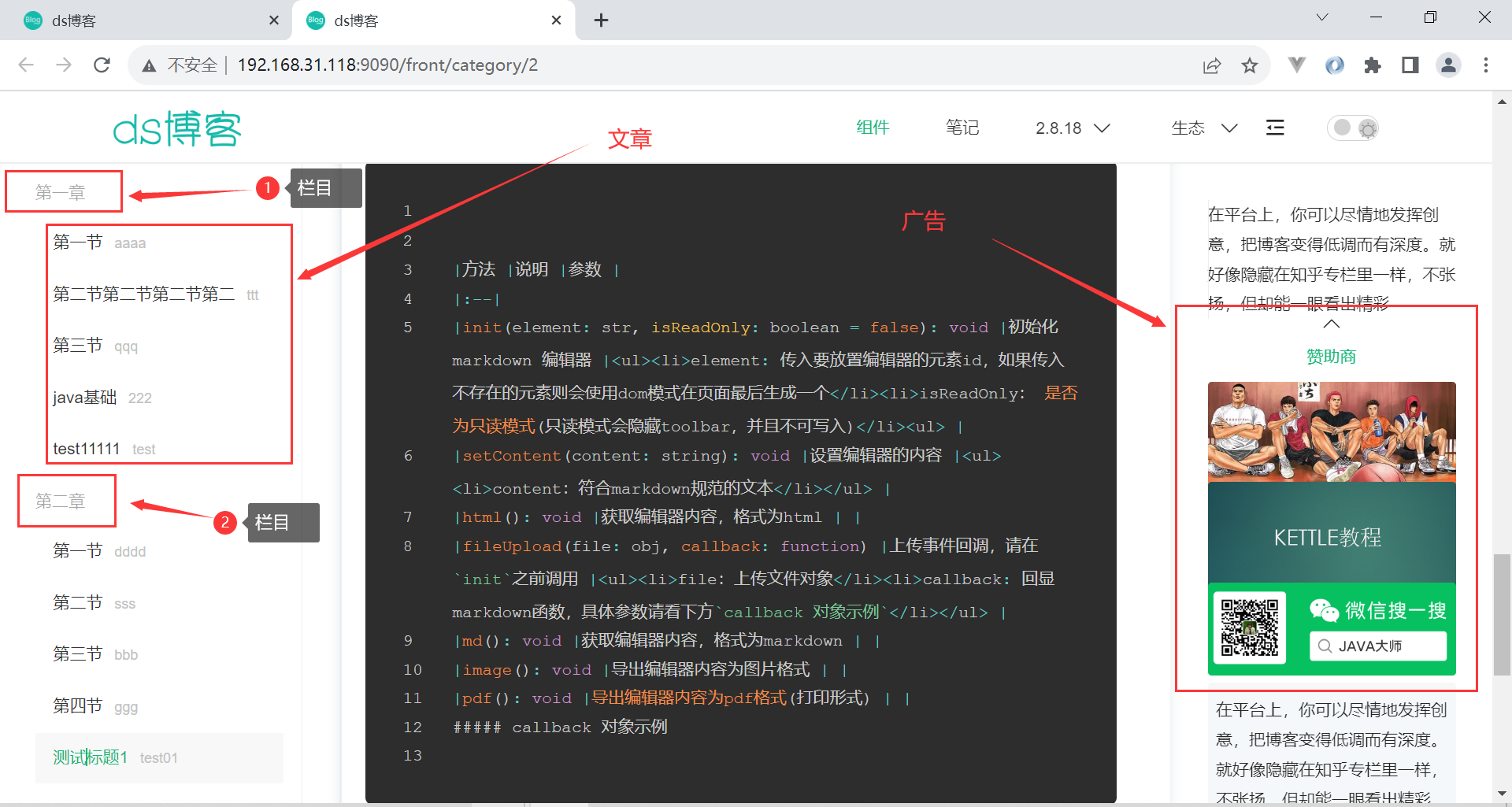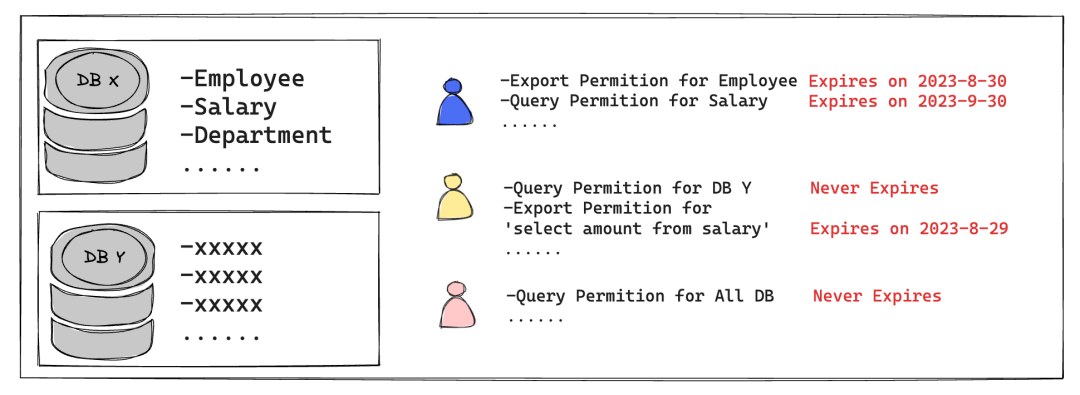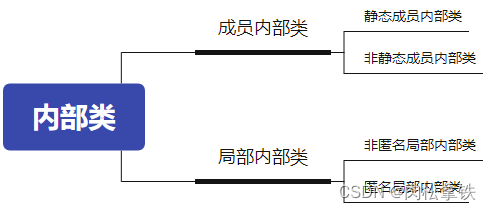对象(包括简单变量)都有诞生和消失的时刻。对象诞生到结束的这段时间就是它的生存期。在生存期内,对象将保持它的状态(即数据成员的值),变量也将保持它的值不变,直到它们被更新为止。对象的生存期可以分为静态生存期和动态生存期。
1.局部对象
(1)对于局部定义的对象,每当程序控制流到达该对象定义处时,定义构造函数。当程序走出该局部域时,调用析构函数。 这种普通的局部对象具有动态生存期。
#include<iostream>
using namespace std;class Complex
{double Real;//实部double Image;//虚部
public:Complex() :Real{}, Image{}//缺省的构造函数{cout << "构造一个对象:" << this << endl;}Complex(double r, double i) :Real{ r }, Image{ i }//带参数的构造函数{cout << "构造一个对象:" << this << endl;}~Complex(){cout << "析构一个对象:" << this << endl;}void Print() const //常方法{cout << "Real=" << Real << '\t' << "Image" << Image << endl;}
};
void fun()
{Complex c1(1.0, 2.0);
}void main()
{int n = 5;for(int i=0;i<n;i++){fun();}
}
运行结果:

从结果可以看出,每调用一次fun函数时,就先调用构造函数,再调用析构函数,因此会出现下面的运行结果。每次调用fun函数时,都是在给Complex类的对象c1赋值时调用构造函数,在fun函数结束时再调用析构函数,一共调用5次fun函数。
另外在每次调用fun函数时,this指针都指向Complex类的对象c1的地址。
(2)对于静态局部定义的对象,在程序控制首次到达该对象的定义处时,调用构造函数。当整个程序结束时调用析构函数。
class Complex
{int real;//实部int image;//虚部
public:Complex(int r = 0, int i = 0) :real(r), image(i){cout << "Create Complex: " << this << endl;Print();}~Complex(){cout << "Destroy Complex: " << this << endl;}void Print() const //常方法{cout << "Real= " << real << 't' << "Image= " << image << endl;}
};void fun()
{Complex c1(1,2);static Complex sc(4,5); //.data c1.Print();sc.Print();
}int main()
{for (int i = 0; i < 5; i++){fun();}return 0;}运行结果:

从运行结果可以看出,因为在定义对象时有static关键字,所以该对象具有静态生存期,也就是说该对象为静态对象,当程序第一次到达该对象定义处时,调用构造函数,当这个程序结束时,也就是调用5次fun函数结束后,再调用析构函数。
注意:因为有关键字static,所以并不是调用一次fun函数,就调用一次构造函数和析构函数
2.全局对象
对于全局定义的对象,每当程序进入入口函数main之前对象就以及定义,这时要调用构造函数。整个程序结束时才调用析构函数。
全局对象具有静态生存期
//全局对象
class Complex
{int real;//实部int image;//虚部
public:Complex(int r = 0, int i = 0) :real(r), image(i){cout << "Create Complex: " << this << endl;Print();}~Complex(){cout << "Destroy Complex: " << this << endl;}void Print() const //常方法{cout << "Real= " << real << 't' << "Image= " << image << endl;}
};Complex c1(1, 1);int main()
{cout << "begin main: " << endl;Complex tmp(2, 2);cout << "end main: " << endl;return 0;
}Complex c3(3, 3);
运行结果如下图所示:

3.块内对象
class Complex
{int real;//实部int image;//虚部
public:Complex(int r = 0, int i = 0) :real(r), image(i){cout << "Create Complex: " << this << endl;Print();}~Complex() //没有形参 把空间还给系统{cout << "Destroy Complex: " << this << endl;}void Print() const //常方法{cout << "Real= " << real << 't' << "Image= " << image << endl;}
};int main()
{cout << "begin main: " << endl; //主程序开始Complex c1(1, 1);cout << "begin kuai: " << endl;{Complex c2(2, 2);}cout << "end kuai: " << endl;cout << "end main: " << endl;return 0;
}
运行结果:
4.动态创建的对象
使用new创建对象,delete释放对象。
(1)使用malloc和free
malloc在使用时,申请内存空间是从堆中获取。
class Complex
{int real;//实部int image;//虚部
public:Complex() :real(0), image(0){cout << "Create Complex: " << this << endl;}Complex(int r, int i) :real(r), image(i){cout << "Create Complex(int,int): " << this << endl;}~Complex(){cout << "Destroy Complex: " << this << endl;}void Print() const //常方法{cout << "Real= " << real << "Image= " << image << endl;}
};//动态创建对象//c malloc free
//C+= new deleteint main()
{Complex* xp = (Complex*)malloc(sizeof(Complex)); // 1 申请空间 (只有空间没有对象)new(xp) Complex(2, 3); //通过定位new来创建空间//malloc 和 定位new的组合 相当于newxp->Print();xp->~Complex();free(xp);//相当于deletereturn 0;
}运行结果:

使用new申请空间创建对象时调用构造函数,使用delete释放空间时调用析构函数。
在用new创建对象时,this指针指向该对象的地址。
new示例1:
//动态创建对象
class Complex
{int real;//实部int image;//虚部
public:Complex() :real(0), image(0){cout << "Create Complex: " << this << endl;}Complex(int r, int i) :real(r), image(i){cout << "Create Complex(int,int): " << this << endl;}~Complex(){cout << "Destroy Complex: " << this << endl;}void Print() const //常方法{cout << "Real= " << real << "Image= " << image << endl;}
};//动态创建对象//c malloc free
//C+= new deleteint main()
{int n = 5;Complex* xp = new Complex[n]; //1.计算大小 申请空间 2 调动构造函数 对每一个空间构造对象for (int i = 0; i < n; ++i){xp[i].Print();}delete[]xp; //申请一组对象xp = nullptr;return 0;
}运行结果:

new示例2:
//动态创建对象
class Complex
{int real;//实部int image;//虚部
public:Complex() :real(0), image(0){cout << "Create Complex: " << this << endl;}Complex(int r, int i) :real(r), image(i){cout << "Create Complex(int,int): " << this << endl;}~Complex(){cout << "Destroy Complex: " << this << endl;}void Print() const //常方法{cout << "Real= " << real << "Image= " << image << endl;}
};//动态创建对象//c malloc free
//C+= new deleteint main()
{int* ip = new int(10); //1申请空间 2 初始化Complex* xp = new Complex(1, 2); //1申请空间 2 调动构造函数创建对象xp->Print();(*xp).Print();delete xp; //1 调动析构函数 2 换空间xp = nullptr;delete ip;ip = nullptr;return 0;
}运行结果:

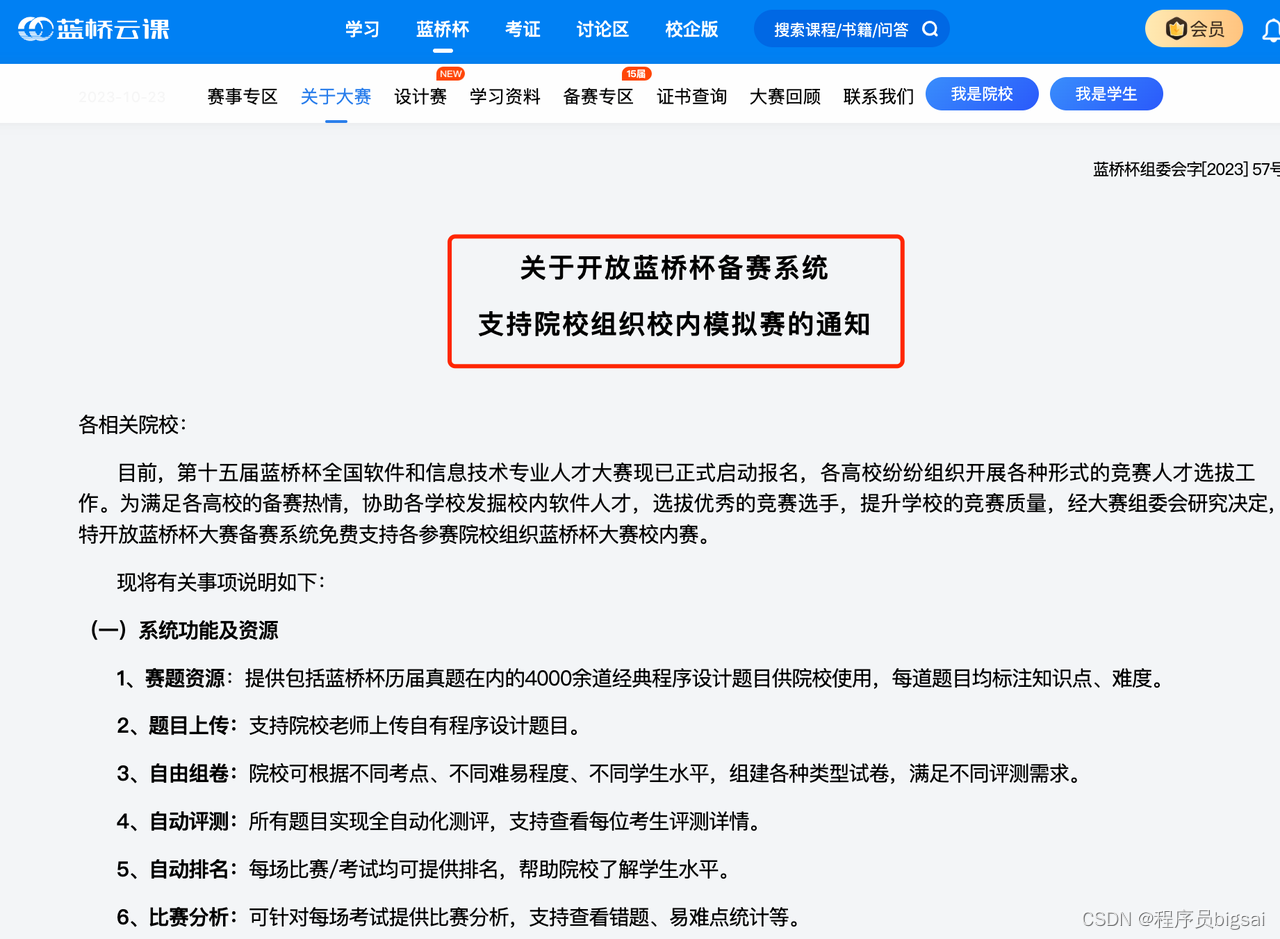
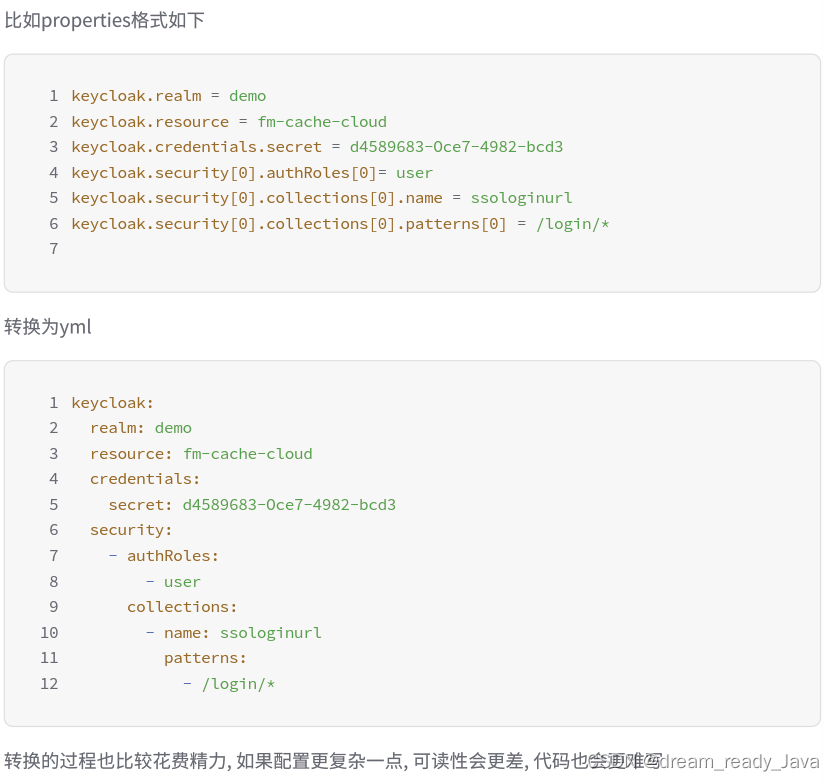
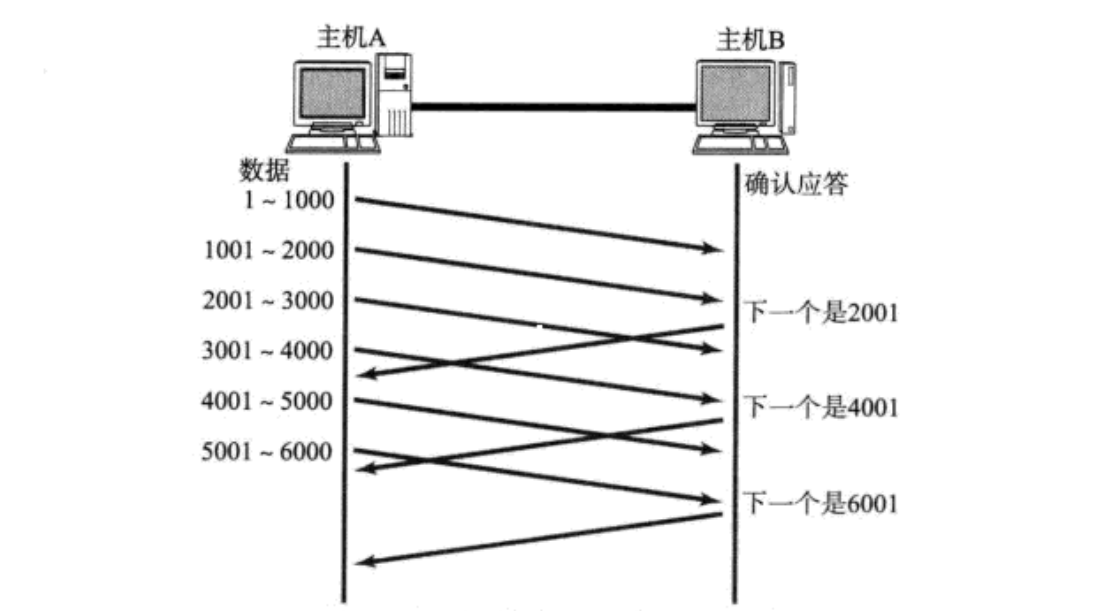

![[pytorch]设备选择以及卷积神经网络的应用](https://img-blog.csdnimg.cn/3887d0791cc64b44acf33e72597c4a0b.png)
